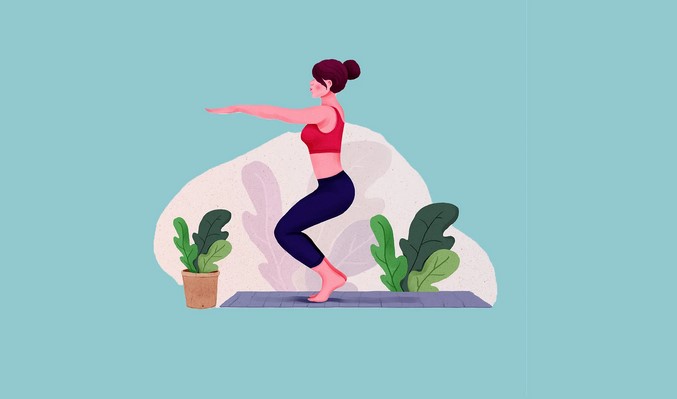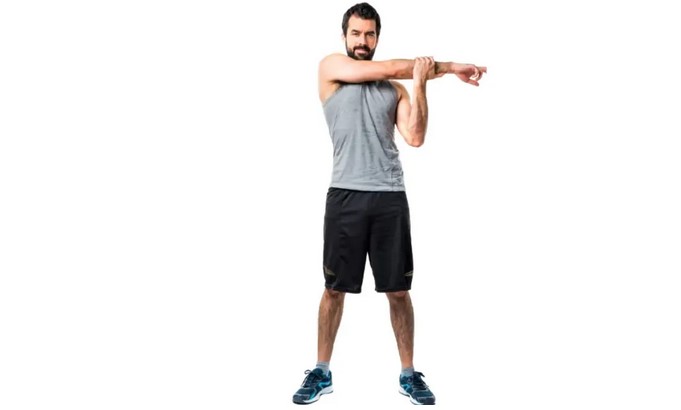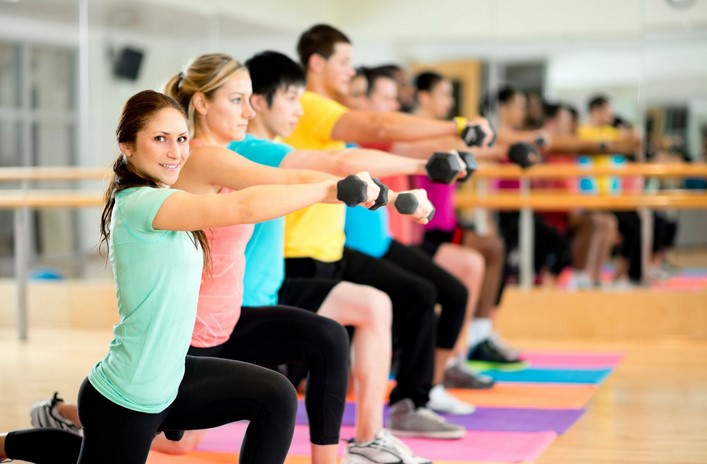
Starting a fitness journey can be a daunting task, especially for beginners who may be concerned about injuries or discomfort. For those just starting out or those who have joint concerns, low-impact workouts for beginners offer an excellent solution. These types of exercises provide a gentle way to build strength, improve endurance, and promote overall fitness without putting unnecessary strain on the body. In this article, we will explore some of the most effective low-impact workout options that can deliver tangible results while being easy on the joints.
The Benefits of Low-Impact Workouts
Before diving into specific exercises, it’s important to understand why low-impact workouts are such an attractive option for beginners. Unlike high-impact exercises that involve jumping or running, low-impact workouts focus on movements that cause less stress on the joints, such as walking, cycling, swimming, and yoga. This makes them ideal for people with joint pain, those recovering from an injury, or anyone who prefers a gentler approach to exercise.
Low-impact workouts still provide a range of physical benefits, including:
- Increased Cardiovascular Health: Many low-impact exercises, such as cycling and swimming, get the heart rate up and improve cardiovascular function without the pounding associated with high-impact activities like running.
- Improved Muscle Strength: Resistance-based low-impact exercises can build muscle strength, which is crucial for maintaining a healthy metabolism and preventing injuries.
- Enhanced Flexibility and Mobility: Stretching and controlled movements in low-impact exercises like yoga and Pilates help improve flexibility and joint mobility.
- Weight Loss and Fat Reduction: Although these workouts are less intense than high-impact alternatives, they can still promote weight loss and fat burning when combined with proper nutrition and consistency.
- Reduced Risk of Injury: Since low-impact workouts are easier on the joints, they minimize the risk of injury, making them perfect for beginners or anyone looking to prevent future harm.
Let’s dive deeper into some of the best low-impact workouts for beginners that can help you achieve your fitness goals without compromising your body’s well-being.
Effective Low-Impact Workouts for Beginners
1. Walking
One of the simplest and most accessible low-impact workouts for beginners is walking. It doesn’t require any special equipment, and you can do it anywhere—from your neighborhood streets to a local park. Walking is an excellent way to get your heart rate up and begin building endurance. It also offers the benefit of being customizable in terms of speed and distance.
For those looking to enhance the benefits of walking, consider adding a slight incline, such as walking uphill or on a treadmill with an incline. You can also increase your intensity by adding interval training, alternating between brisk walking and a slower pace to mimic high-intensity interval training (HIIT) principles, which can help improve both strength and cardiovascular health.
Tip: For better results, aim to walk at least 30 minutes a day, 4–5 times a week. You can increase this as your endurance improves.
2. Swimming
Swimming is one of the most effective low-impact workouts for beginners, especially for those with joint pain or arthritis. The buoyancy of water supports your body, reducing the strain on joints and muscles while still providing a full-body workout. Swimming helps tone muscles, burn calories, and improve cardiovascular health—all without putting stress on your body.
Different swimming strokes target various muscle groups, so you can mix things up and keep your workouts interesting. The breaststroke and backstroke are great for beginners, while more advanced swimmers may incorporate the freestyle stroke to intensify the workout.
Tip: If you are new to swimming, consider starting with shorter sessions and gradually building up as you become more comfortable in the water. Start with 15-20 minutes and aim for 2–3 sessions a week.
3. Cycling
Cycling, whether on a stationary bike or outdoors, is another great low-impact workout for beginners. It’s an excellent choice for improving cardiovascular fitness, building leg strength, and boosting endurance. Since cycling doesn’t require any pounding on the ground, it’s easy on the knees and other joints.
For those new to cycling, starting with a stationary bike at a moderate pace is an ideal option. You can increase the intensity as your fitness level improves by adjusting resistance levels or incorporating interval training into your routine.
Tip: If you’re cycling outdoors, always wear appropriate safety gear, such as a helmet, and start with shorter rides to gradually build stamina.
4. Yoga
Yoga has become a popular choice for low-impact workouts, thanks to its focus on controlled movements, flexibility, and breathing techniques. It’s especially beneficial for beginners because it provides a full-body workout that targets strength, balance, and flexibility. Whether you are looking to improve your posture, reduce stress, or build core strength, yoga can help.
There are many types of yoga, ranging from more restorative styles like Hatha yoga to more dynamic styles like Vinyasa or Power yoga. Beginners may want to start with a gentle class or follow online tutorials that guide them through basic poses and breathing exercises.
Tip: To avoid injury, be mindful of your body’s limitations, and don’t push yourself too hard in the beginning. Over time, you will notice improved flexibility, strength, and overall well-being.
5. Pilates
Pilates is another excellent low-impact workout option for beginners, particularly for improving core strength, flexibility, and body alignment. Similar to yoga in its focus on controlled, precise movements, Pilates also incorporates resistance training using equipment like reformers or resistance bands. It is designed to improve posture, balance, and stability.
Beginners can start with basic mat Pilates exercises to learn the fundamental principles of controlled breathing and muscle engagement. As you progress, you can incorporate more advanced moves or try using equipment to increase the challenge.
Tip: Try to include Pilates in your weekly routine two to three times to start seeing noticeable improvements in your posture and core strength.
Incorporating Low-Impact Workouts into Your Routine
Consistency is key when it comes to seeing results from low-impact workouts. Whether you’re walking, swimming, cycling, or practicing yoga, aim to include at least 30 minutes of low-impact exercise 3-5 times a week. You don’t have to do the same workout every day—mixing up activities can keep things interesting and ensure you target different muscle groups.
Tip: If you’re not sure where to start, create a weekly schedule that includes a combination of different workouts, such as walking on Monday, swimming on Wednesday, and yoga on Friday. Be sure to listen to your body and rest when needed to avoid overtraining.
Low-impact workouts for beginners provide an excellent way to kickstart a fitness routine without putting undue stress on the body. Whether you choose walking, swimming, cycling, yoga, or Pilates, these exercises are effective for building strength, improving cardiovascular health, and enhancing flexibility. The best part is that they are accessible, safe, and can be tailored to fit individual needs and fitness levels. By incorporating these low-impact workouts into your routine, you can enjoy steady progress, increased energy, and better overall health without the risk of injury. So, take your first step toward a healthier you and find the low-impact workout that works best for you!

